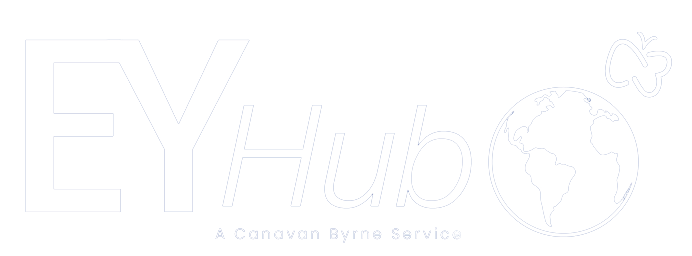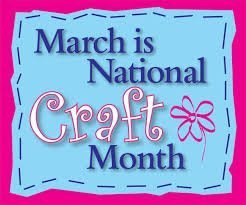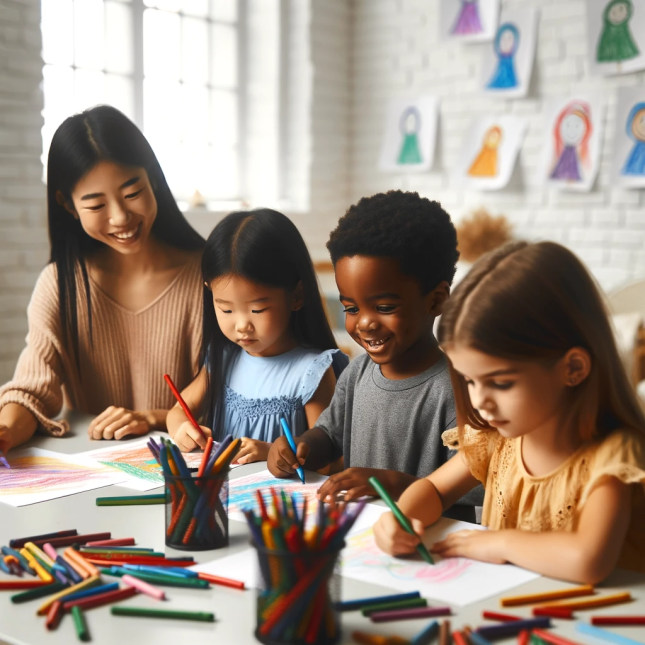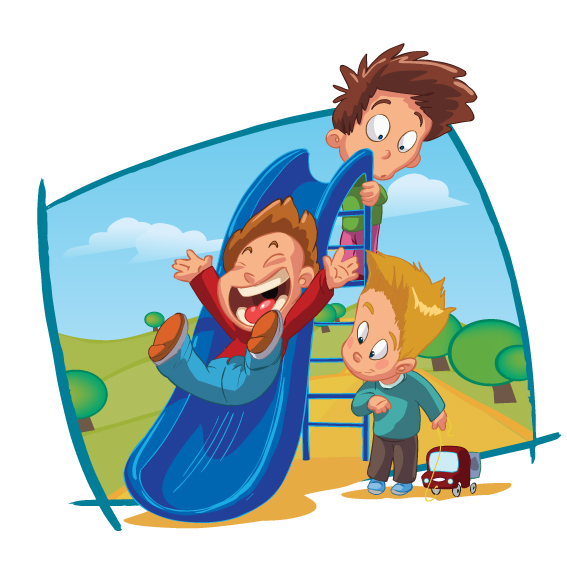Our new wooden letter set is a complete set of the alphabet cut out of wood, with extras of vowels and some other common letters to make it easier to spell out words.
Learning by Touch
Many early years educators believe in trying to integrate the different senses in learning. We feel this is especially important where learning letter forms is concerned. At our earliest stages of development, touch is what we use to explore shapes and textures. The wooden letter set lends itself to exploring the letter shapes by touch.
"The hand is the chief teacher of the child."
Maria Montessori
Wooden letters are great for playing games to help learn the letters, such as the Find the Letters game: Write a common word for all the children to see, such as "cat". Have feely bags prepared with a selection of letters, so each child can reach in and try to find the "c", "a" and "t" by touch. Children love this challenge and it's a great way to coordinate their touch sense of the letter forms with what they are seeing. Throughout the game, reiterate the letter sounds and how they fit together to make the sound of the whole word.
Arts and Crafts with Wooden Letters
Wooden letters are also great for the children or staff to glue to heavy card for craft projects. For more advanced children, you could talk about the difference between consonants and vowels, and then paint all the consonants one colour and all the vowels another colour.
See the product description of wooden letters on the Early Years Shop for more ideas.
Feely Bags
Feely bags are a great tool for fun, educational play. The basic idea is a bag that can be partially closed so children can reach in and feel objects. We recommend combining use of feely bags with wooden letters as described above. There are also lots of other feely bag games, come up with your own, search on the web, or read the feely bag product description on the Early Years Shop for some ideas.
Describe the Object Game
Prepare a series of feely bags, each with a different object inside. Have one child come to the front and reach their hand in. As they feel the object, they can describe it to the other children - the only rule is they can't say the name of the object itself, they just have to describe how it feels. The other children can ask questions or shout out guesses. As soon as a child guesses correctly, they get to take the place at the front with the next feely bag with a new object.




